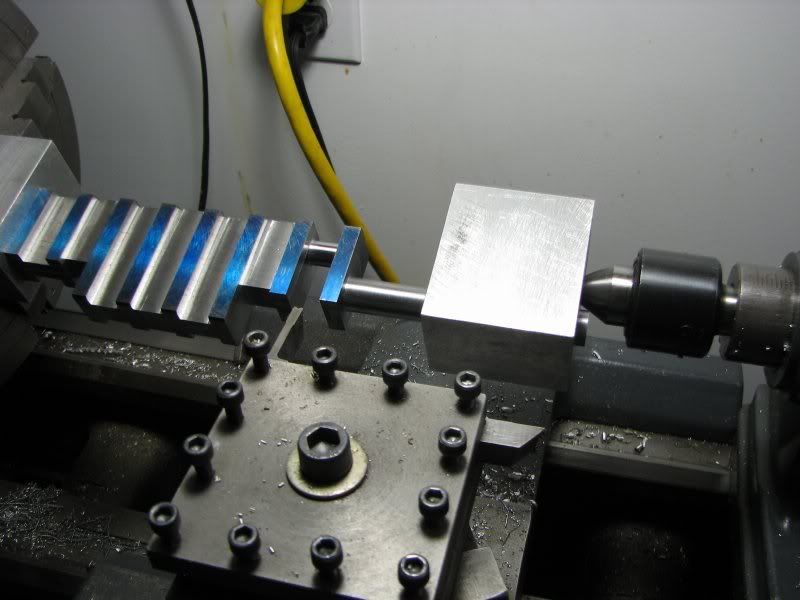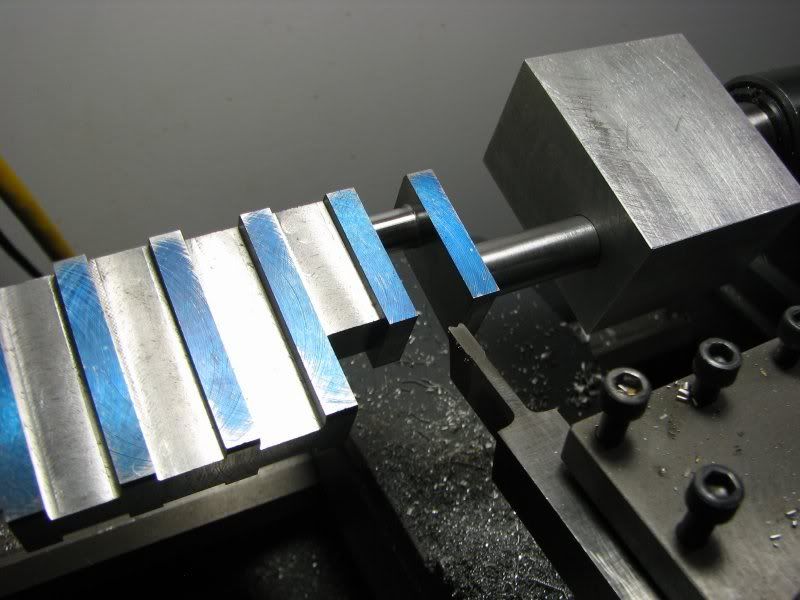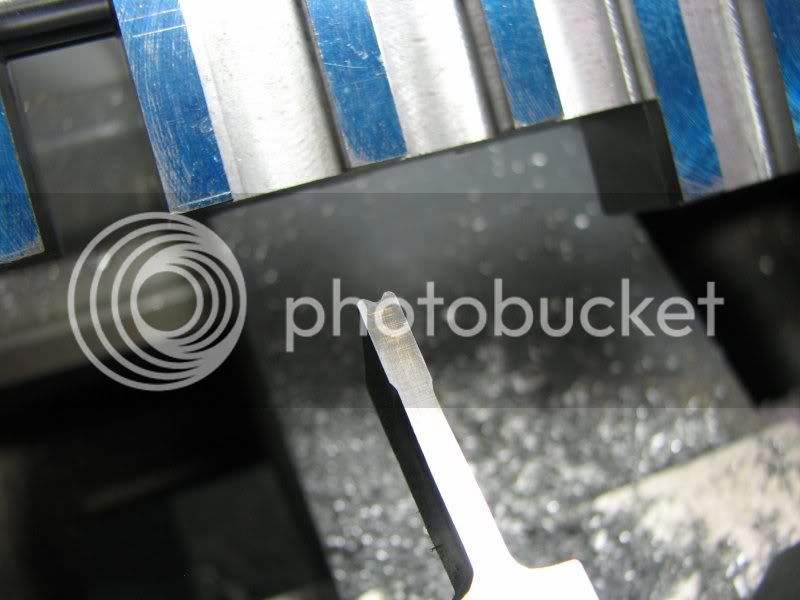ChooChooMike
Well-Known Member
- Joined
- Jan 5, 2008
- Messages
- 863
- Reaction score
- 13
EXCELLENT :bow: :bow:
George, you should consider submitting your this tutorial (and others) as articles for HSM, MSW or Model Engine Builder. There's a LOT of folks interested in these techniques !!
Mike
George, you should consider submitting your this tutorial (and others) as articles for HSM, MSW or Model Engine Builder. There's a LOT of folks interested in these techniques !!
Mike









![DreamPlan Home Design and Landscaping Software Free for Windows [PC Download]](https://m.media-amazon.com/images/I/51kvZH2dVLL._SL500_.jpg)




















































